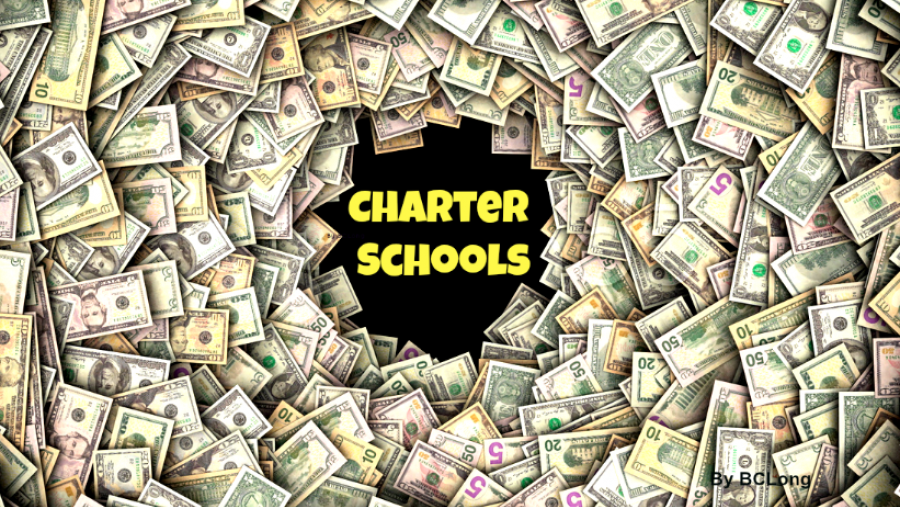Local charter schools worth taxpayer money?

Attentive kindergarten students sit at a classroom table with Jeff Castleberry on a mid-week morning as he rolls dice and dabs spots for a Do-A-Dot Art math assignment.
One of the highlights each school day for the Pensacola Beach Elementary School principal is teaching math to Jennifer Neal’s kindergarteners. The class splits up into stations and every child is stimulated. One group sits at the table for math with Castleberry, another group paints on a canvas propped on an easel, and the remaining students either walk around the classroom with paper in hand to write sight words or play educational games on the touch screen active board.
The scene is similar in other classrooms, and outside in the hallway students fist pump their principal as they walk by him.
“It’s like a little Mayberry out here,” Castleberry says.
Cross the Bob Sykes Toll Bridge and drive about 20 miles northwest, though, and there is the former home of Flagship Academy, Newpoint Academy and Newpoint High. The charter school management company Newpoint Education Partners shut down the three charters in June after allegations of grade tampering at the high school and middle school and the arrest of a former Newpoint High teacher on four misdemeanor counts of violating Florida’s Test Administration and Security Law.
Pensacola Beach Elementary and Newpoint represent the best and worst of charter schools in the past 15 years in the Escambia County School District. Grassroots charter schools such as Pensacola Beach Elementary and Beulah Academy of Science thrive. Commercial charter schools administered by outside companies such as Newpoint tend to flop and their ineptitude costs taxpayers.
A charter school is public and taxpayer funded but operates independently of the school district. Anywhere from 2 to 5 percent of its funding is collected by the school district for administrative costs, but the charter school pockets the rest.
“I think the ones that were formed with local boards and a local interest, if that’s how they originated, they’ve done pretty well,” Escambia Superintendent Malcolm Thomas says. “… But almost every one that had a business that was running the school ended in failure, and the reason they ended in failure is because the business wanted to siphon money for profit, and there is no profit.”
Newpoint falls in line with dozens of other closed charter schools over the past 15 years in the state. The Associated Press reports closings in 30 districts that received about $70 million combined from state taxpayers through capital outlay funds. The Florida Department of Education managed to recover only $133,000 from schools that closed in the last three years.
DOE records indicate charter schools have received in excess of $760 million from state taxpayers since 2000. The amount in Escambia totals just north of $7 million and Santa Rosa ranks as one of the lowest among 48 districts at about $1 million. Schools use the capital outlay funds for buses, construction costs, rent payments, and in some instances property insurance.
Capital outlay funding for charter schools is a controversial issue. Opponents complain they take money away from deserving public schools. Those on the charter school side of the aisle say they barely receive enough funding to survive.
Only charter schools received capital outlay funds from 2009-14, and they shared anywhere from $50 to $75 million. The Florida Legislature stepped in last year and voted to split the funds of nearly $100 million between charter and public schools. The Escambia County School District only received about $80,000 after the state divided the funds.Local charter schools worth taxpayer money?:

